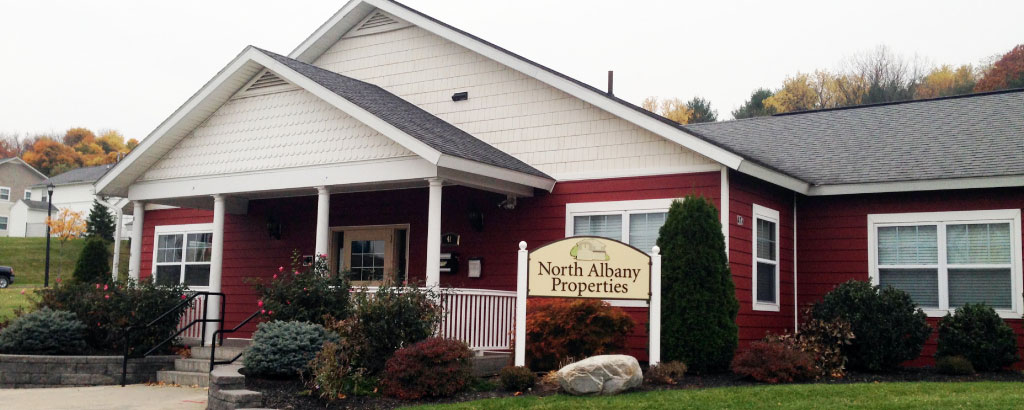
Programmable thermostats are a low-risk home energy management investment because, if used effectively, they can achieve a 1% to 2% reduction in heating energy use for each degree (Fº) reduction in nighttime set-point temperatures. However, prior research by Fraunhofer USA found that households must be motivated to program their thermostats and select energy-saving settings and they must be able to program and use their settings. Fogg (2009) indicates that three factors are necessary to enable behavior change: ability, motivation, and a prompt to remind people to use programmed settings. The interventions piloted attempted to increase thermostat usability and households’ motivation and used prompts (i.e., a trigger) to remind people to go back to their programmed settings after interrupting their programmed schedules.
The field experiment took place in a residential development located in North Albany, NY, between November 2014, and March 2015. The target population was 160 income-qualified families who pay for their heating and reside in an Albany Housing Authority multifamily complex. The target behaviors included using temperature set back schedules during the winter heating season at night when tenants are asleep and during the daytime when tenants are not at home. We randomly assigned tenants to a control group or to one of two treatment groups. Both the treatment and control groups received programmable thermostats and a sticker  (which served as a prompt) placed near their thermostats to remind them to return to their programmed schedules. The treatment groups also received customized thermostat settings based on their stated schedules and temperature preferences (customized settings were expected to motivate households to use programmed settings and increase usability of the thermostats). One treatment group was also asked to commit to keep using their customized schedules. Tenants were encouraged to use programmed thermostat setbacks to keep their homes cooler where they were not at home during and day and overnight when they were sleeping to save on their heating bills while maintaining comfortable indoor temperatures.
(which served as a prompt) placed near their thermostats to remind them to return to their programmed schedules. The treatment groups also received customized thermostat settings based on their stated schedules and temperature preferences (customized settings were expected to motivate households to use programmed settings and increase usability of the thermostats). One treatment group was also asked to commit to keep using their customized schedules. Tenants were encouraged to use programmed thermostat setbacks to keep their homes cooler where they were not at home during and day and overnight when they were sleeping to save on their heating bills while maintaining comfortable indoor temperatures.
Households in both treatment groups used programmed thermostat schedules more frequently than those in the control group. The households in the control group used programmed settings 5% of the time; households in the commitment treatment group used programmed settings 24% of the time; and households in the treatment group (without commitment) used programmed settings 35% of the time. Households in the treatment group without commitment and the commitment group had significantly lower average nighttime temperatures than the control group, 1.1 Fº lower and 1.8 Fº lower, respectively, than the control group.
Customized programmed thermostat schedules are recommended as an energy-efficiency service to be provided to LMI households in New York State under the EmPower program.

Head, Building Energy Systems
Fraunhofer USA CMI
15 Saint Mary's Street
Brookline, MA 02446, USA
Phone +1 617-353-1895